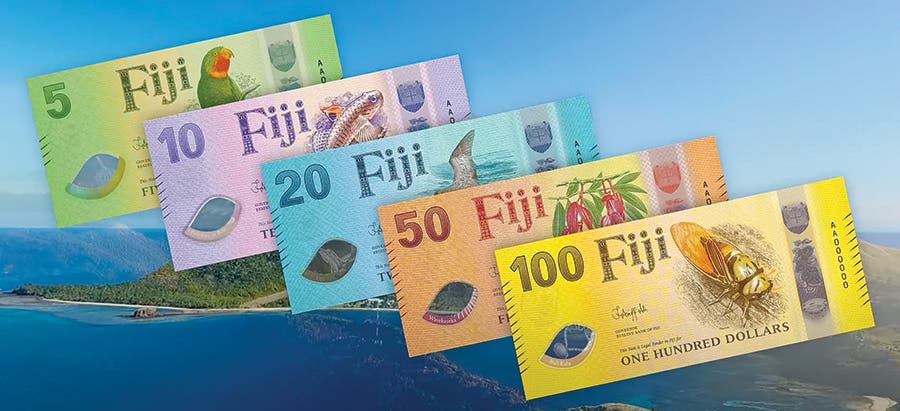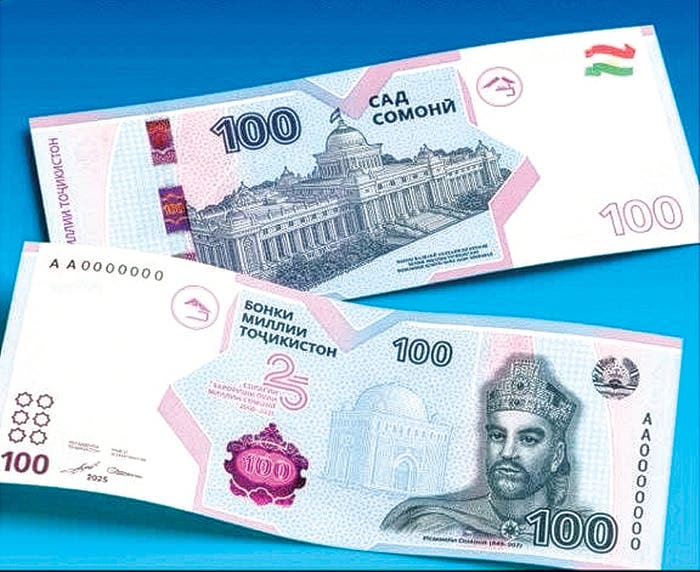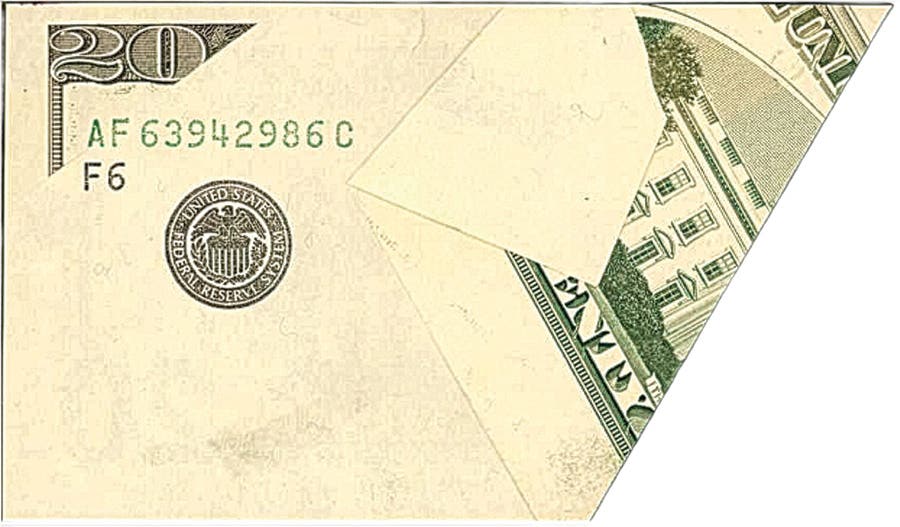WW II remembered on inscribed notes
By Mark Hotz I have received a lot of positive feedback on the past few articles on interesting war-related signed currency, and so I have decided to continue this series…
By Mark Hotz
I have received a lot of positive feedback on the past few articles on interesting war-related signed currency, and so I have decided to continue this series for a few more months. This month we will be starting World War II, a conflict that produced countless numbers of inscribed bank notes, many of which are the familiar “short snorter” type described in previous articles.
I have been collecting these for years, and so have around 100 or more at this point. I always tried to pick out notes that told some sort of story: be it the name of a ship, the date of a flight and locations, and other pertinent information. All too many short snorters encountered just have the signatures of a group of officers and/or soldiers/sailors, without any linking content.
So this month I have chosen eight notes as a representative sampling of the types of World War II-inscribed notes and short snorters that collectors might encounter. It is worth pointing out that most of these notes tend to be on $1 Hawaii overprint or $1 North Africa Yellow Seal notes, as well as Series 1935-A $1 Silver Certificates and the occasional 1928 “funnyback types.” Additionally, countless foreign notes with signatures of American troops are available, and I will present some of those in the future.
First, we will look at a $1 Hawaii note, which is covered with signatures that seem to be just first names or “nicknames.” Inscribed along the back top margin is “Wallace ABOARD THE U.S.S. LAURENS.” On both sides are written the names of his buddies: Seifirth, Larimore, Perron, Hale, Turner, Hudson, Ed Karpo, and William R. Liggio.
The U.S.S. Laurens (APA-153) was an Auxiliary Personnel Attack ship used to unload troops who assault enemy held beaches. It was 14,900 tons fully loaded and 436’ overall length. It was a Victory ship built in 1944 or 1945. The signatures on the bill are likely from a Marine or Army unit enroute to or from a landing. The Laurens was commissioned late in the war. Our major landings in those years were the Marianas (June 1944), Philippines (September 1944), Iwo Jima (February 1945) and Okinawa (June 1945).
Second, we have a Series of 1935-A $1 Silver Certificate inscribed on the face as follows: “Sgt. George C. Whited flew the Atlantic Ocean on March 16, 1944. Distance of 1962 miles in 11 hours and 42 minutes from Fortaleza Brazil to Dakar French West Africa.” The note bears the attesting signature of Jimmy Moore and the face side has five signatures of the airplane crew.
Third, we have another $1 Hawaii note inscribed on the back, as follows: “Short Snorter 3/15/45 John R. Miles. Crossed Inter-Date going over seas on B-29. In B-29 crossed the Inter-Date Line going home 10/28/45.” In the center of the back of the note are signatures of his friends on the flight home: Leonard L. Polk, Roger L. Bonfils, Stanley A. Lane, Carl A. Guffre, Stanley L. Blounts, etc.
Fourth, another $1 Hawaii inscribed on the back: “Bo. No. 39557 Feb. 11, 1945 K.E. BARNUM. SHORT SNORTER. GUADALCANAL – TARAWA” (above). On the face of the note, the captain of the plane has written: “Flew from Guadal Canal/Tarawa/Canton Island/Palmyra Atoll/Honolulu –S.L. Poquerane, Capt. U.S.N.” (below).
Canton Island was originally part of the British Gilbert and Ellice Islands. In 1938, Pan Am Airways built an airfield on it to be used as a stopover on its route from Hawaii to New Zealand. American forces occupied it during World War II, enlarged the airfield, and used it for various aircraft between 1942 and 1943. Palmyra Atoll, located midway between Hawaii and American Samoa, was the site of the Palmyra Atoll Naval Air Station between 1941 and 1947.
Fifth, yet another $1 Hawaii. This one is very simple yet poignant. On the face, in bright blue ink: “Aloha-Oahu Nov. 16, 1944. Hafa Cheluho. Eniwetok, Dec. 4, 1944.” (“Goodbye Oahu, How are you?”) in the Chamorro language of Guam Eniwetok (“Atoll”).
Next, we have a $1 North Africa (Yellow Seal) note that is chock full of signatures. Around the face periphery it reads: “Short Snorter Leroy R. Weil CASABLANCA – 1943.” Along the back it shows other places the note went: Rome, St. Vittore, Monte Cassino, etc. and bears the signatures of other soldiers and marines met along the way. Some of the signatures I can make out are: Mark Reardon, Joseph J. Connally, W.J. Butler, William W. Smith, James Lunning, Angus Towne, Roger Sebbag, and Elmer H. Hagle, 2nd Lt.
Seventh, another $1 Hawaii note, with a simple inscription around the back margins: “Short Snorter from Windsor, Ont., Canada to Dawson Creek, Alaska to Pearl Harbor. April 4, 1943.” Six signatures of the flight crew are at the far right.
Last, but certainly not least, a Series of 1935-D $1 Silver Certificate star note, inscribed on the face as follows: “Good Luck / Gen. Chiang Kai-shek and /Nationalist China/ Col. P.J. Hoffman.” Since the 1935-D notes were issued after 1949, this inscription probably refers to either the final fight between Nationalist and Communist Chinese forces on the mainland, or the establishment of Nationalist China on Taiwan.
Part of the fun of collecting these numismatic souvenirs of World War II is that they tell a story of a particular serviceman, where he went, and where he might have been on a certain day. The difficulty is deciphering the signatures themselves. Not only because they are in often sloppy cursive, but mainly because the signatures often blend in with the design of the currency, especially the portrait and the dark green panels on the backs. However, with some perseverance one can garner good information.
In coming months, I will present to you various notes bearing signatures of famous or well-known personages of the time: politicians, military leaders, entertainers, etc. All of these are notes that I found by deciphering the signatures myself—none were purchased with the signatures already identified.
Thank you all for your support of my various articles in Bank Note Reporter over lo these long 20 years of writing. I will get back the theme of “Notes on National Banks” in due time. In the meantime, I hope you will continue to enjoy seeing interesting items from my personal collection. Best personal wishes for a prosperous and joyous New Year.
Readers may address questions or comments about this article to Mark Hotz directly by email at markbhotz@aol.com.
This article was originally printed in Bank Note Reporter. >> Subscribe today.
More Collecting Resources
• Order the Standard Catalog of World Paper Money, General Issues to learn about circulating paper money from 14th century China to the mid 20th century.
• With nearly 24,000 listings and over 14,000 illustrations, the Standard Catalog of World Paper Money, Modern Issues is your go-to guide for modern bank notes.









